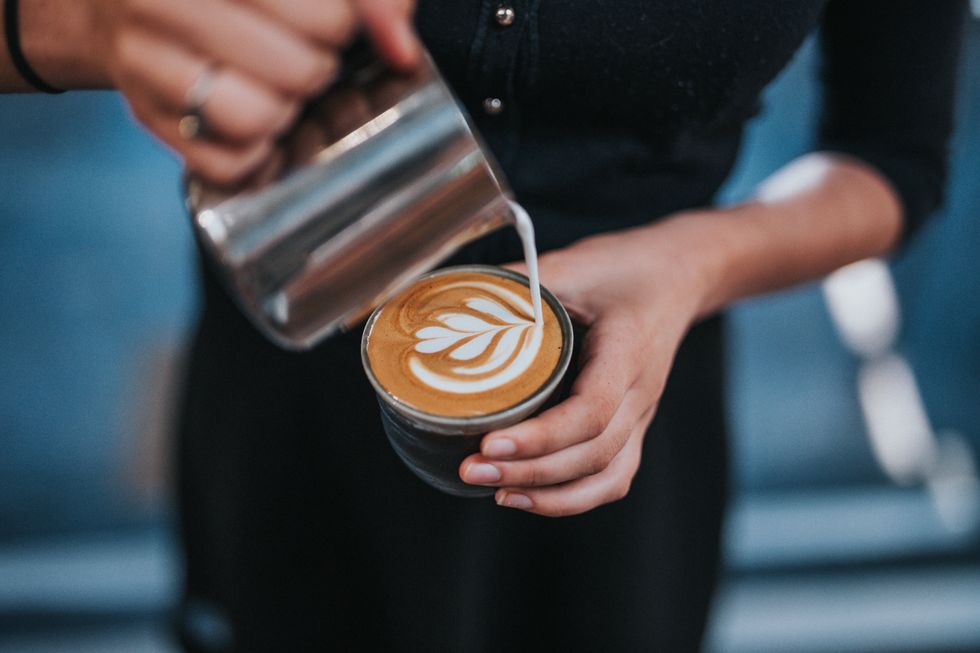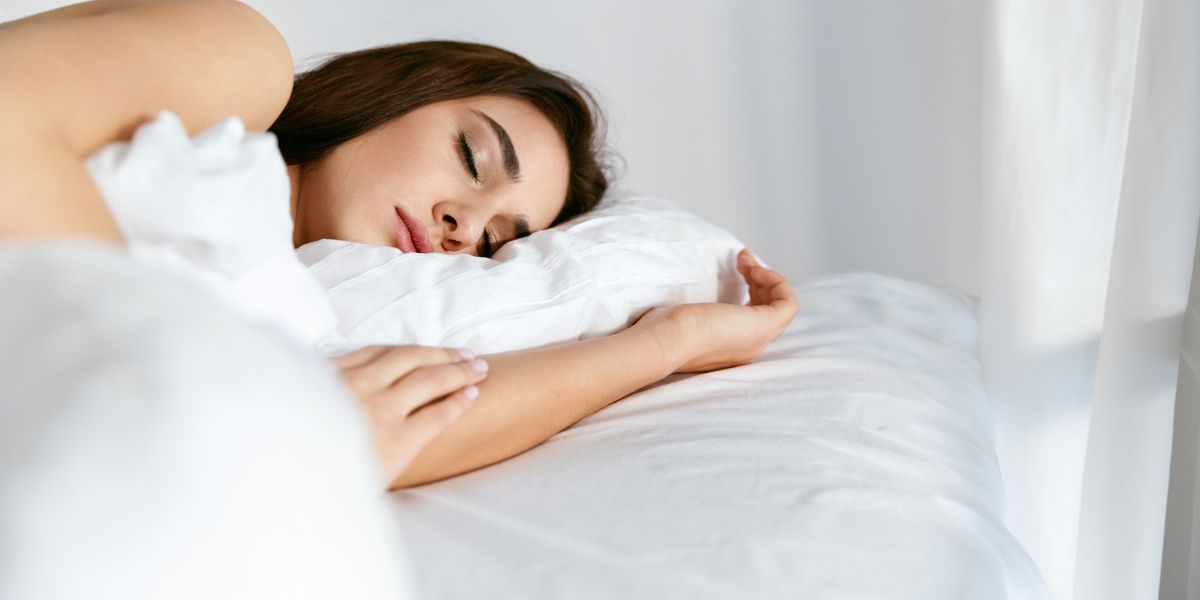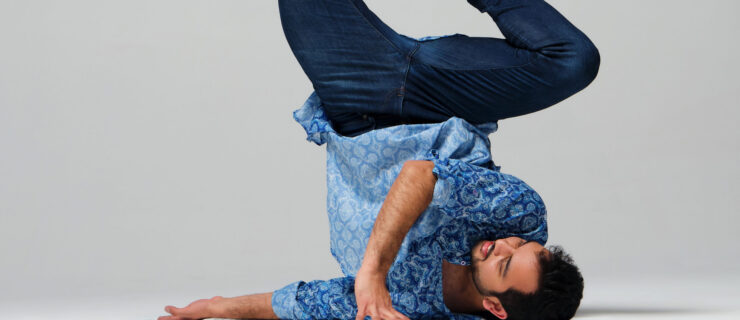Could a Pre-Show Nap Help You Perform Better?
On busy performance days, international guest artist Joy Womack always makes time for one activity after class and rehearsals: a nap. “I like to feel well-rested when I need to be in the spotlight at night, not dragging at the end of the day,” she says. “It helps me recover and refocus.”
With her earbuds tuned to a guided meditation app, she can squeeze in a nap wherever she needs to. “One time I even took a nap on the floor of the tour bus in Siberia,” she says. “Dancers can sleep anywhere.”
 Joy Womack prioritizes napping before a show. Photo by Quinn Wharton for Pointe magazine.
Joy Womack prioritizes napping before a show. Photo by Quinn Wharton for Pointe magazine.
As research has revealed the benefits of short daytime naps, power-napping advice has proliferated, and more dancers are choosing to include a nap in their pre-performance routines. Approaching napping strategically will help you get the most out of an afternoon snooze.
The Benefits
“When you are sleep-deprived, your attention, concentration and acuity decrease,” says Alcibiades Rodriguez, MD, medical director of the Comprehensive Epilepsy Center–Sleep Center at NYU Langone Health. “Not only mentally, but motor-wise, too.”
Depending on how sleep-deprived you are, even a 10-minute nap can give a measurable performance boost, from heightened alertness, mood, cognitive performance and memory to increased grip strength and sprint time. Making a nap a regular part of your routine may boost these benefits further. “There is research to say that regular nappers actually benefit more from napping,” says Lauren McIntyre, ATC, a clinical specialist at NYU Langone’s Harkness Center for Dance Injuries. “Our bodies like schedules.”
Both Rodriguez and McIntyre emphasize that quality nighttime sleep cannot be replaced by daytime naps. But getting all your sleep at night can be tough, acknowledges McIntyre: “If you’re working another job on top of performing, or if you’re performing late into the night, that nap could potentially be really beneficial.”
How Long Should It Be?
Some experts recommend keeping naps under 30 minutes to avoid sleep inertia, the groggy feeling that can follow a longer nap. But there are benefits to sleeping longer, too. “One study shows that a 45-minute nap, taken six hours after waking, can help boost alertness for another eight hours,” says McIntyre. In other words, a performer who wakes up at 9 am and takes a 45-minute nap at 3 pm could stay boosted until midnight.
A 2013 study at the Walter Reed Army Institute of Research supported the use of caffeinated gum—which can be found in athletic stores—to quickly dispel the grogginess of sleep inertia.
Should You Try “The Coffee Nap”?
When it comes to shorter power naps, one research-backed and expert-approved trend is the “coffee nap.” Because it takes about 20 minutes for caffeine from a beverage to be absorbed into the body, drinking a caffeinated beverage just before a 20-minute nap gives a double boost upon waking.
 A pre-nap coffee will wake your body in about 20 minutes. Photo by Tyler Nix/Unsplash
A pre-nap coffee will wake your body in about 20 minutes. Photo by Tyler Nix/Unsplash
Ways to Fall Asleep Faster
These four strategies can help you nod off more quickly:
- Follow your biological rhythm by napping between 2 and 5 pm, when your body naturally gets sleepier.
- Cool your body first by taking a lukewarm shower, or napping in a cool room.
- Turn out the lights or use an eye shade.
- Use music, white noise or a guided meditation to get ready to sleep. “I highly recommend meditation before a nap to re-center,” says Womack. “The Calm app is my go-to!”
And If You Can’t Fall Asleep?
If sleep won’t come, don’t force it. “Exerting effort to try to sleep rarely ends in a good sleep situation,” says McIntyre. Try using the time as a quiet moment to relax, reflect or meditate. “There’s probably some benefit in closing our eyes for all of us.”
Find Out What’s Right For You
Trial and error can help determine your ideal nap length and strategy—and whether a pre-performance nap is right for your body. “Try it out before show day,” Womack suggests, “and see if it’s something that works for you.”




